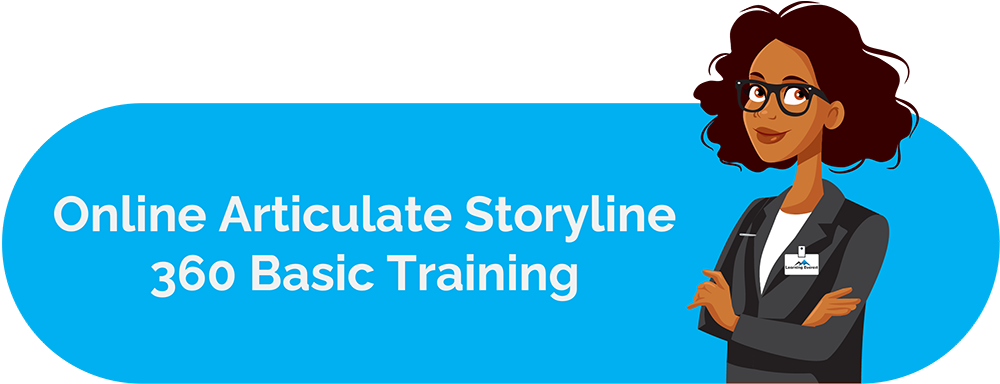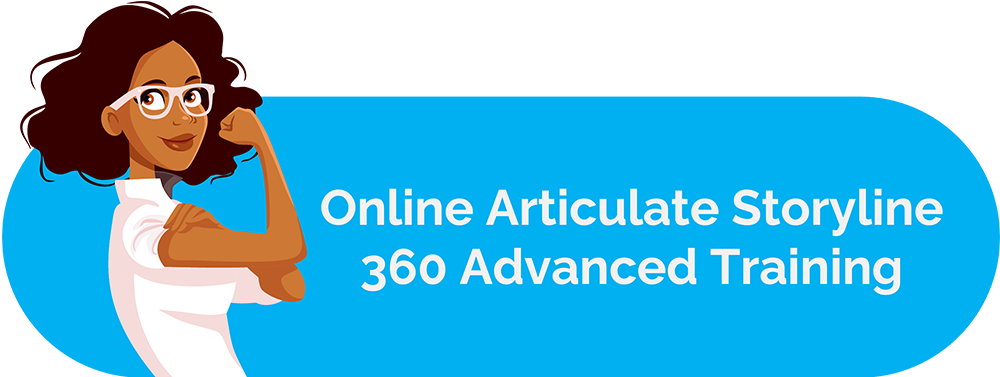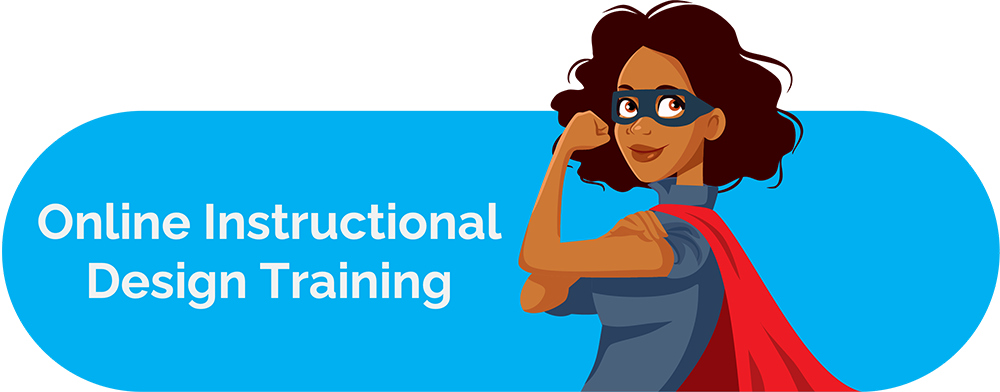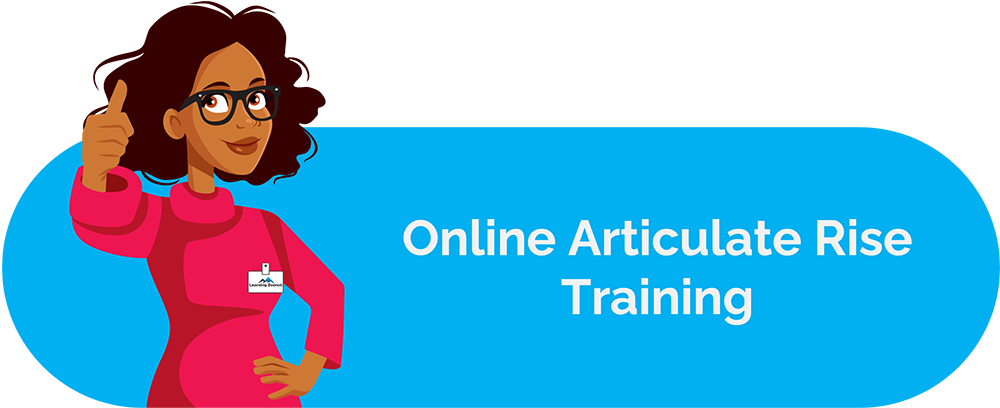ADDIE has been the talk of the Instructional Systems Design world for a long time. We have, at some point, used it or a variation of it in our designing process. But have you wondered how the other models fare in the Instructional design field? Let us look at a comparison between ADDIE, Backward Design model, and Rapid Prototyping.
ADDIE
This model needs no introduction. But for those of you who are not aware, ADDIE is an acronym that stands for Analyze, Design, Development, Implementation, and Evaluation. It has been around since the time of the Second World War. What began as a training model for the U.S. Army soldiers is today used across the training industry. In the Analyze phase, an instructional designer conducts a thorough analysis of the learning needs, the learners and their environment, and the problems. The Design phase includes determining learning outcomes, creating outlines of the content, creating storyboards, and choosing assessment methods. The Development phase is where the storyboards come to life. The course is then rolled out in the Implementation phase, and the learners take the course and provide appropriate feedback. The Evaluation phase analyses the learners’ feedback. The course is evaluated for its effectiveness and whether learning has happened.
What is Backward Design?
The idea of backward design was introduced by Ralph Tyler in 1949 when he spoke of starting the planning process by establishing the learning outcomes. The term ‘backward design’ was introduced by Jay McTighe and Grant Wiggins in their book Understanding by Design in 1998. This design focuses on beginning with a course’s objectives and then creating the material or course lessons to achieve those goals. The first step is identifying the desired outcomes where the instructional designer must determine why the learner should take the course. Once that is established, the assessment tasks must be defined. Timely assessment and detailed feedback go a long way in making learning meaningful, and this approach includes both. The step is the designing of the learning experience, which focuses on the learning outcomes. An instructional designer must keep the learners’ prior knowledge in mind and provide detailed instructions to tackle the activities.
What is Rapid Prototyping?
The Rapid Prototyping model offers a non-linear approach and enables instructional flexibility. This combines the ADDIE model’s design, development, and evaluation phases and creates a sample of the end product. It allows continuous feedback while the instructional materials are being made, making it easier for the stakeholders involved in the creation process to spend more time refining the course.
Let us look at how these compare with one another
| ADDIE | Backward Design | Rapid Prototyping |
|---|---|---|
| It is a forward-moving model. | It is a backward-moving model. | It is a non-linear model. |
| Several stakeholders are involved in the course design process. | This model can have only a developer in the course design process. | This approach includes stakeholders who have a more significant amount of freedom to provide timely feedback. |
| Designing the course is costly as there are other stakeholders. | Designing the course costs less as only a developer is involved. | Designing this course is cost-effective. |
| The time involved to make the course is longer. | The time involved to make the course is short. | The time involved to make a course is less than ADDIE. |
| Alterations in a course, once it is finalized, is a complicated process. | Alterations in a course can be done in a short time. | Alterations can be made at each step if needed. |
| Suitable for all learning goals. | It may not be suitable for all learning goals. | It is suitable for all learning goals. |
Though the ADDIE model has been in use for a long time, many instructional designers opine that its waterfall approach does not consider iteration. It does lack creativity and support and is time-consuming. What if you could combine ADDIE with other models?
ADDIE combined with Backward Design
The ADDIE and Wiggins Backward design models are distinct from one another but can be combined to enhance the learning process. The backward design model can be integrated into one of the ADDIE phases to create a model that results in Authentic Learning.
Authentic Learning is the instructional technique used to help a learner connect what is being taught to the real world and solve real-world problems or tackle situations. Keeping the other phases of the ADDIE intact, the Design phase would include the backward design model. This can be done by deciding on the objectives of the course as a start. Then one can move on to the assessment, which is summative and includes real-world problems. This is where the Authentic Learning part comes in as the learner would be involved in the problem-solving process of situations relating to the real world in the form of scenarios. Adjustments can be made to the objectives if needed, and care can be taken that each unit covered is assessed to gauge the learner’s knowledge, which is the formative assessment. The Analysis, Development, Implementation, and Evaluation phases all occur in the way they do in ADDIE.
Furthermore, the backward design is learner-centric and is designed by keeping in mind the change to be brought about in the learner. It encourages the instructional designers to put themselves in the learners’ shoes and think of real-life problems and this, combined with the ADDIE, makes it a better approach to follow.
ADDIE combined with Rapid Prototyping
Rapid Prototyping, unlike the ADDIE model, does not focus on each aspect of the instructions, goals, and so on separately. Instead, it starts putting the material together, and the challenges or gaps are addressed during the design phase itself. This saves time and provides all the stakeholders with an opportunity to work on the course and interact. This model also enables client feedback, and there is no wastage of effort.
Thus, the ADDIE model may not always be the answer to all learning needs. It can be modified and adopted along with some other models for a better outcome.






